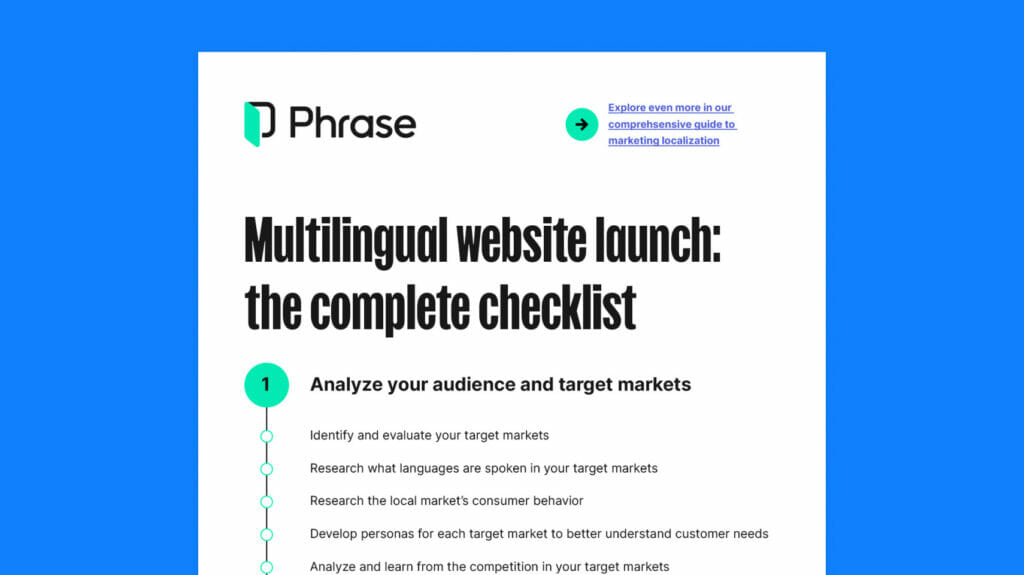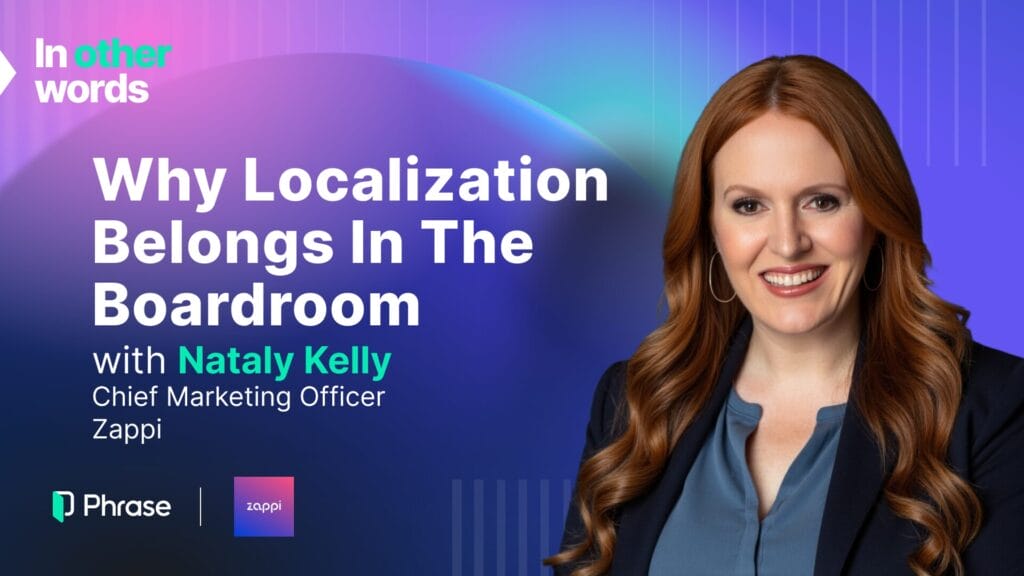Every new customer comes at a cost.
You’ve probably heard the numbers: a new customer can be 5 to 25 times more expensive than retaining an existing one.
So, seeing as it costs so much to acquire each new customer, it makes sense to ensure your customer onboarding process is the best it can be.
Luxe UX
In technology, more than in any other sector, user experience is everything. UX is, after all, the domain of technology firms. It’s your forte.
And so it follows that tech firms set themselves a high bar when it comes to creating seamless user experiences. However, many companies are still losing a substantial number of customers during onboarding.
So, where do things go wrong, and how can firms ensure their onboarding processes are not only user-friendly but also commercially effective?
Balancing technical precision vs. revenue generation
One key challenge in creating an effective onboarding process is striking the right balance between technical precision and language that drives usage and revenue.
Tech firms often deal with complex products that require clear, detailed instructions during onboarding. However, a focus on technical accuracy (in other words, ‘complex and lengthy’) can sometimes come at the expense of user engagement.
If the language used is too technical, users may feel overwhelmed or confused, leading to frustration and eventual abandonment.
The tone of your onboarding process is also critical. Calls to action like “Buy Now” or a softer “Let’s get started” can encourage users to explore the product at their own pace.
Your own testing will establish the right approach and when to apply which tone of voice, as different approaches work better at different points of the process. When your company expands into different markets, you want to ensure that all your hard work isn’t lost.
On-demand webinar
How marketers can effectively leverage machine translation
Learn from our expert panel how to keep up with the ever-growing demand for translated content and to scale to new markets without compromising your brand.
The translation trap: avoiding common mistakes
Even when the content and tone of the onboarding process are carefully crafted, it can all fall apart when applied across different languages.
As tech firms expand globally, translation becomes a crucial part of the onboarding process. However, many companies make common errors that can alienate non-native speakers and lead to customer drop-off.
One common mistake is direct translation without considering cultural nuances.
For example, a phrase that sounds friendly and engaging in English might come across as overly casual or even disrespectful in another language. Similarly, technical jargon that is commonplace in one market might be completely unfamiliar in another, leading to confusion.
These translation errors can create friction at the very first step of the user journey, leading to a negative experience and, ultimately, lost customers.
Given that 81% of B2B users are more likely to buy a product with presales, marketing, and product information in their language, localization needs to be part of your planning long before day one.
It’s worth it: users pay more for a product in their language. 67% say they would pay up to 30% more for a localized solution (source: CSA Research).
To avoid these pitfalls, it’s important to use platforms that are built for localization and internationalization.

Free download
The Complete checklist for launching your multilingual website
There’s a lot that goes into a successful multilingual website launch, so make sure you’re on the right track with this proven and easy-to-follow 6-step checklist.
Boost retention, maximize profits
The benefits of a well-executed onboarding process are significant.
Companies that invest in effective onboarding see higher customer retention rates.
Even a small improvement in retention can have a big impact on the bottom line: research shows that increasing customer retention rates by just 5% can lead to profit increases ranging from 25% to 95%.
Customers who have a positive onboarding experience are more likely to continue using the product, recommend it to others, and contribute to a higher Customer Lifetime Value (CLV).
As you already know, the customer onboarding process is too important to cut corners.
By carefully balancing technical language with user-friendly, revenue-generating content, and ensuring that onboarding materials are accurately localized, your tech firm can reduce customer drop-off and maximize the lifetime value of your users.
Investing in the right tools and strategies for onboarding is not just about improving user experience—it’s about driving long-term business success. Don’t let your customers be gone before they even begin.
Speak with an expert
Want to learn how our solutions can help you unlock global opportunity? We’d be happy to show you around the Phrase Localization Platform and answer any questions you may have.





